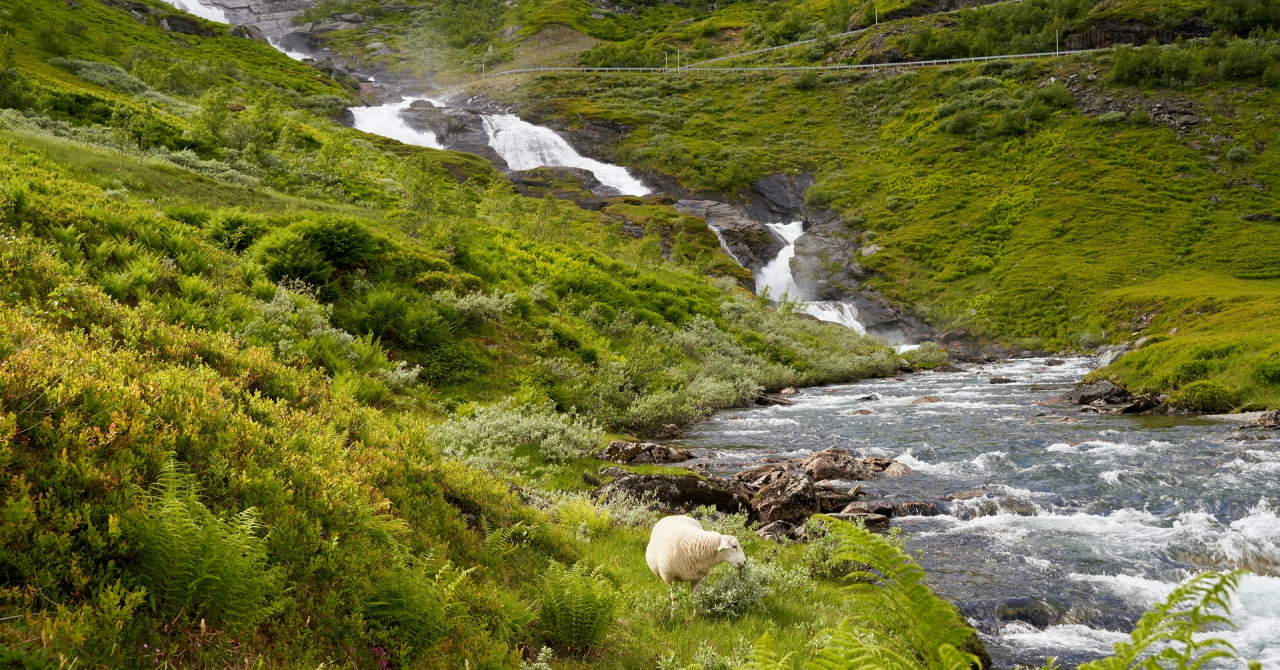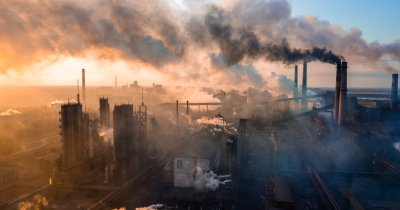Methane is a potent greenhouse gas that lasts about nine years in the air. Including the knock-on effects it has on other gases, its total impact on global warming since 1750 is about half that of CO₂.
After rising sharply in the 1980s and 1990s, atmospheric methane has stabilised. The increase resumed in 2007 and has accelerated in recent years - the largest increase so far occurred in 2020. This was not expected when world leaders signed the Paris Agreement in 2015. Methane is becoming the biggest gap to the emissions trajectories needed to meet the target in the agreement.
Around 600 million tonnes of methane are released into the atmosphere every year. Estimates suggest that two-fifths of these emissions come from natural sources, mainly rotting vegetation in wetlands. The other three-fifths of emissions come from sources related to human activity.
Emissions from the fossil fuel industry are well over 100 million tonnes per year and have been increasing rapidly since the 1980s. Natural gas, which in the UK heats homes and generates about half of all electricity, is mainly methane.
Agriculture, which produces about 150 million tonnes a year, is the largest global source. So are urban landfills and sewage systems, which contribute about 70 million tonnes annually.
Global monitoring shows that in many years since 2007, the increase in methane in the atmosphere has been driven by sources in the tropics and subtropics. In some years, high northern latitudes have also been major contributors.
From tropical swamps in the Amazon, Nile and Congo basins to tundra in Russia and muskeg swamps in Canada, wetlands emit about 200 million tonnes of methane per year. As global temperatures rise, the rate at which wetlands generate and decompose biomass increases, and these environments release more methane. Methane emissions accelerate climate change, and climate change causes the release of more methane - a positive warming feedback that fuels further warming.
Because of methane's short lifetime, reducing emissions quickly reduces the impact of the greenhouse effect. Gas leaks are obvious targets, both at wells and in leaking street pipes. Stopping the coal industry is an urgent global priority, not just to reduce methane, but also CO₂ emissions and air pollution.
In the short term, removing methane from air ventilation in coal mines and cattle yards can be done as easily as removing some pollutants from car exhausts. Emissions from biodigesters will need stricter government regulations.
Reducing emissions in tropical nations means putting an end to burning plant waste. Landfills are also likely to be rapidly growing sources of methane and pollution, but emissions can be reduced by covering landfills with soil.
Rising emissions from agriculture are linked to rapid population growth and growing global demand for a meat-rich diet.
Methane reaching 1,900 ppb is a wake-up call. We cannot stop natural emissions from wetlands. But man-made emissions can be reduced, fast. At COP26 in Glasgow - the most recent UN climate change summit in November 2021 - more than 100 nations signed the Global Methane Commitment, pledging to cut methane emissions by 30% by 2030.
 Florin Cașotă
Florin Cașotă












Any thoughts?